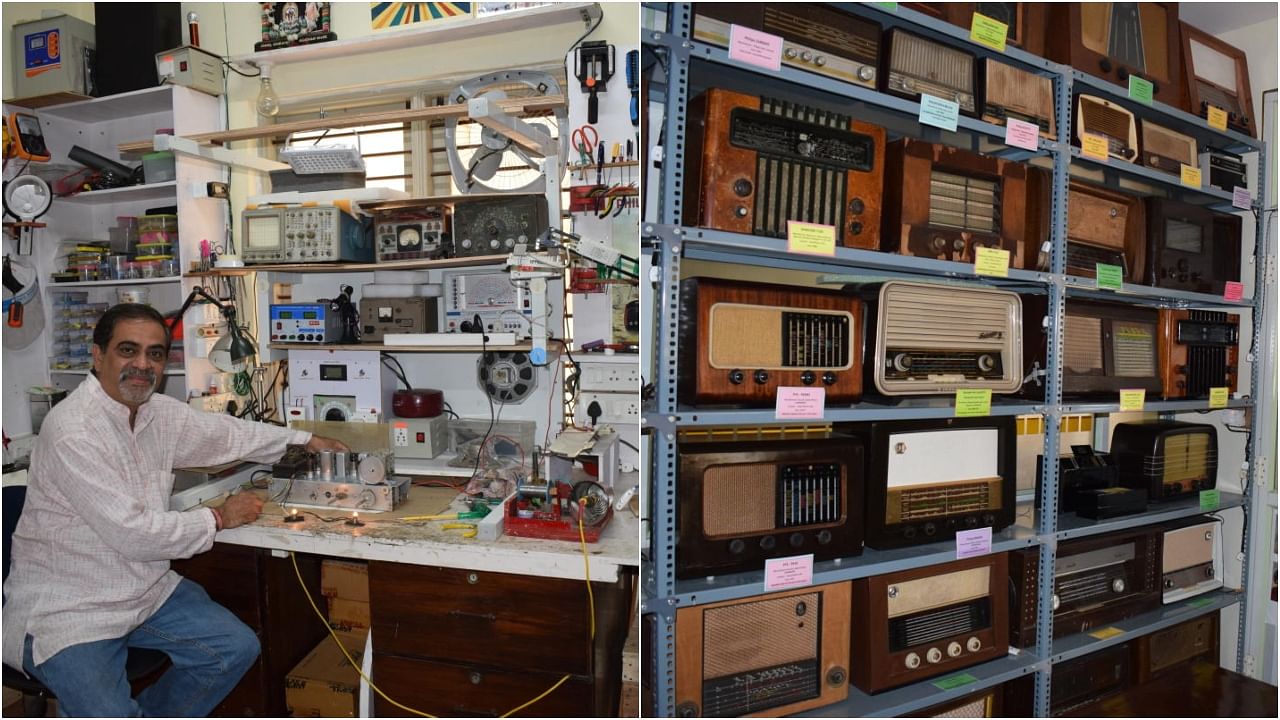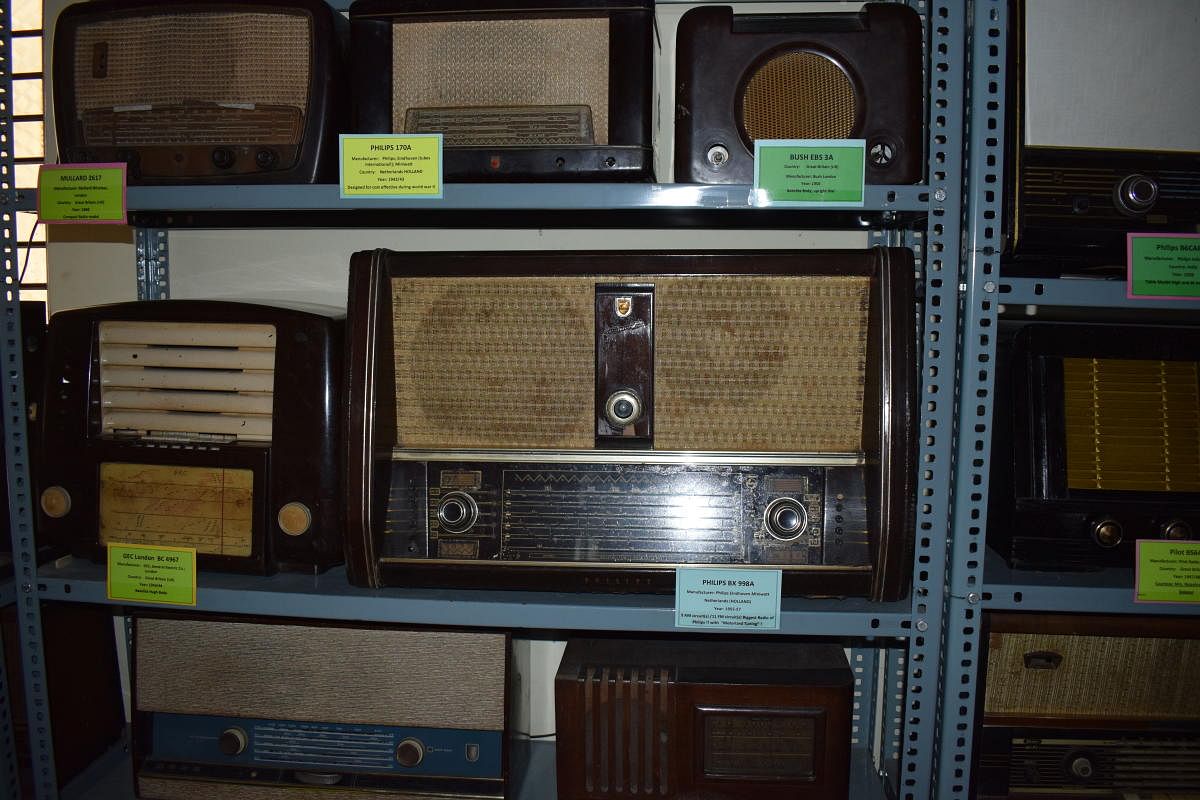

True to its reputation as the Science Capital of India, Bengaluru can now boast of a Shortwave Radio Museum displaying an array of antique radio sets which were once a popular medium of information and entertainment.
56-year-old telecom consultant and radio enthusiast Uday Kalburgi has set up a museum on the ground floor of his house in Basaveshwara Nagar in Bengaluru and made it available for public viewing. The museum has around 150 functional radio sets from across the world which can be tuned in on shortwave. There is also a lab where Uday studies the components of vintage radios and restores them to their original condition.
Growing interest
Uday's fascination towards radio began when he was nine. He says he had developed a crystal radio and even represented Karnataka at the National Science Exhibition in 1980, where he met the then prime minister Indira Gandhi and president Neelam Sanjiva Reddy.
But it was only in 1980s, while studying electronics & communication engineering in Hubballi that he began collecting old radio sets and restoring them. This period coincided with the dawn of TV era and the dusk of radio in Indian homes. Radios began entering attics and repair workshops started vanishing. So, most of them ended in the hands of scrap dealers. "I still remember Prakash Hangal, a renowned radio mechanic in Hubballi and younger brother of music doyen Gangubai Hangal, sending two truckloads of old radios to a scrap merchant in Mumbai," recalls Uday.
Prized possession
By then, Uday was a frequent visitor to scrap markets to bargain for junked pieces and nothing dimmed his obsession to unravel the radio technology.
Padmanabha Varma, the scion of the erstwhile princely family of Travancore (who now regularly visits the museum) once approached Uday to restore at least five of 20 vintage radios sets he had in his palace in Thiruvananthapuram. He later gifted Uday one Pilot-G774B, which was made in the US in 1936. A Philips-2802, manufactured in Holland in 1928, came to Uday from a person in Bengaluru who had got it as part of ancestral bequest.
Uday then got a made-in-Germany Graetz Super and a HMV-656 (having a rosewood body) and a 1958 model Mullard MAS-231, both manufactured in Britain, from scrap dealers in Pune. He also got a Salvador de Luxe 2575 from a TV anchor who left it in Uday's custody as she could not afford restoration charges. All these are now part of the museum's collection.
Largest radio
However, the largest radio set in his collection is a Phillips BX-998, weighing 27 kg. It cost Rs 9,000 way back in 1955 and Uday purchased the rare piece at Rs 12,000.
Another radio close to his heart is a brand new Philips-B7X45A manufactured in 1969 in Holland, which was lying in the junkyard of a member of erstwhile royal family in Pune. "A thrill ran across my body as I tuned in the radio after 35 years and it came alive", Uday reminisces.
The only transistor in the fraternity of radio sets is a Grundig Export Boy 204 from Germany given to Uday last year by Ribero, former general manager of Southern Railway, who felt that the transistor will gets its due respect in Uday's custody.
In addition to this, the museum has a Eton Red Cross-300 manufactured in France in the year 2000 and used by North Atlantic Treaty Organization (NATO) forces in Europe. It comes with a siren, mobile charger and a flashlight.
Showing all these radio sets, Uday turns nostalgic about radio, technology and the 'Binaca Geetmala', a weekly countdown of Hindi songs. "These radios were prides of families and their living rooms from 1950s to 1980s. I remember my father, a professor, buying a Telefunken radio for Rs 708 at an EMI," recalls Uday.
Even today, Uday's appetite for these vintage pieces knows no bounds and he bears all the expenses of maintaining the radios. Though restoration of radios is his secondary work, he spends at least five to six hours every day in the museum as well as the lab. He has had people who paid as much as Rs 17,000 to get their radios restored and even those who left it unclaimed at the lab. But each of the radio set has a story to tell and he is never bored of explaining about them to enthusiasts.
It has been two months since the Radio Museum has been opened and two groups of local engineering students visited the museum before the rise of the pandemic.
Uday Kalburgi can be contacted on 98450 43014.